Author: Cade Jobe
Many beer recipes call for the addition of simple sugars to increase alcohol and lighten the body of the beer while having minimal impact on other characteristics. This is a particularly common method among brewers Belgian styles such as Tripel and Golden Strong Ale, which are known for being quite drinkable despite their strength.
One of the more common types of sugar used for brewing purposes is sucrose, or table sugar, a disaccharide that gets broken down into glucose and fructose by the invertase enzyme during fermentation, which are then metabolized into alcohol and CO2. Yeast is quite good at consuming sucrose, and while smaller amounts can be added to boiling wort in the kettle, too much can inhibit the fermentation of maltose, leading to poor attenuation. As such, some brewers have taken to adding sugar to the beer during active fermentation, and one common approach involves splitting the sugar up into multiple additions made over time to improve yeast performance.
I don’t brew too many strong beers, but I certainly appreciate the combination of potency and crispness found in certain Belgian examples. While recently planning a batch of Belgian Tripel, I was reminded of a past xBmt that showed tasters were unable to distinguish a Belgian Golden Strong where sugar was added in either a single dose or staggered over a few days during fermentation. As a proponent of the staggered approach myself, and with COVID cramping my data collection style, I took the opportunity to test this one out again.
| PURPOSE |
To evaluate the differences between a Belgian Tripel where sugar was added in a single dose during fermentation or staggered over time.
| METHODS |
In addition to being quite strong, Tripel is a paler Belgian-style ale, which I thought would help to accentuate the impact of the variable.
Touch Blue Make It True
Recipe Details
| Batch Size | Boil Time | IBU | SRM | Est. OG | Est. FG | ABV |
|---|---|---|---|---|---|---|
| 5.2 gal | 60 min | 16.9 IBUs | 4.1 SRM | 1.080 | 1.010 | 9.4 % |
| Actuals | 1.064 | 1.01 | 7.2 % | |||
Fermentables
| Name | Amount | % |
|---|---|---|
| Pale Malt (2 Row) US | 12.375 lbs | 84.62 |
| ESB Pale Malt (Gambrinus) | 4 oz | 1.71 |
| Table Sugar (Sucrose) | 2 lbs | 13.68 |
Hops
| Name | Amount | Time | Use | Form | Alpha % |
|---|---|---|---|---|---|
| Saaz | 28 g | 60 min | Boil | Pellet | 3.8 |
| Saaz | 22 g | 5 min | Boil | Pellet | 3.8 |
Yeast
| Name | Lab | Attenuation | Temperature |
|---|---|---|---|
| Triple Double (B48) | Imperial Yeast | 76% | 65°F - 77°F |
Notes
| Water Profile: Ca 57 | Mg 25 | Na 18 | SO4 92 | Cl 50 |
Download
| Download this recipe's BeerXML file |

After collecting the proper volume of water for a 10 gallon/38 liter batch, I adjusted it to my desired profile, then lit the flame under the kettle.
While waiting on the water to heat up, I weighed out and milled the grain.
When the water was properly heated, I incorporated the grains then checked the mash temperature.
During the mash rest, I collected out the kettle hop addition.
When the 60 minute mash was complete, I sparged to collect the pre-boil volume.
The wort was boiled for 60 minutes then quickly chilled with my IC.
A hydrometer measurement indicated the wort was at the expected pre-sugar addition OG.
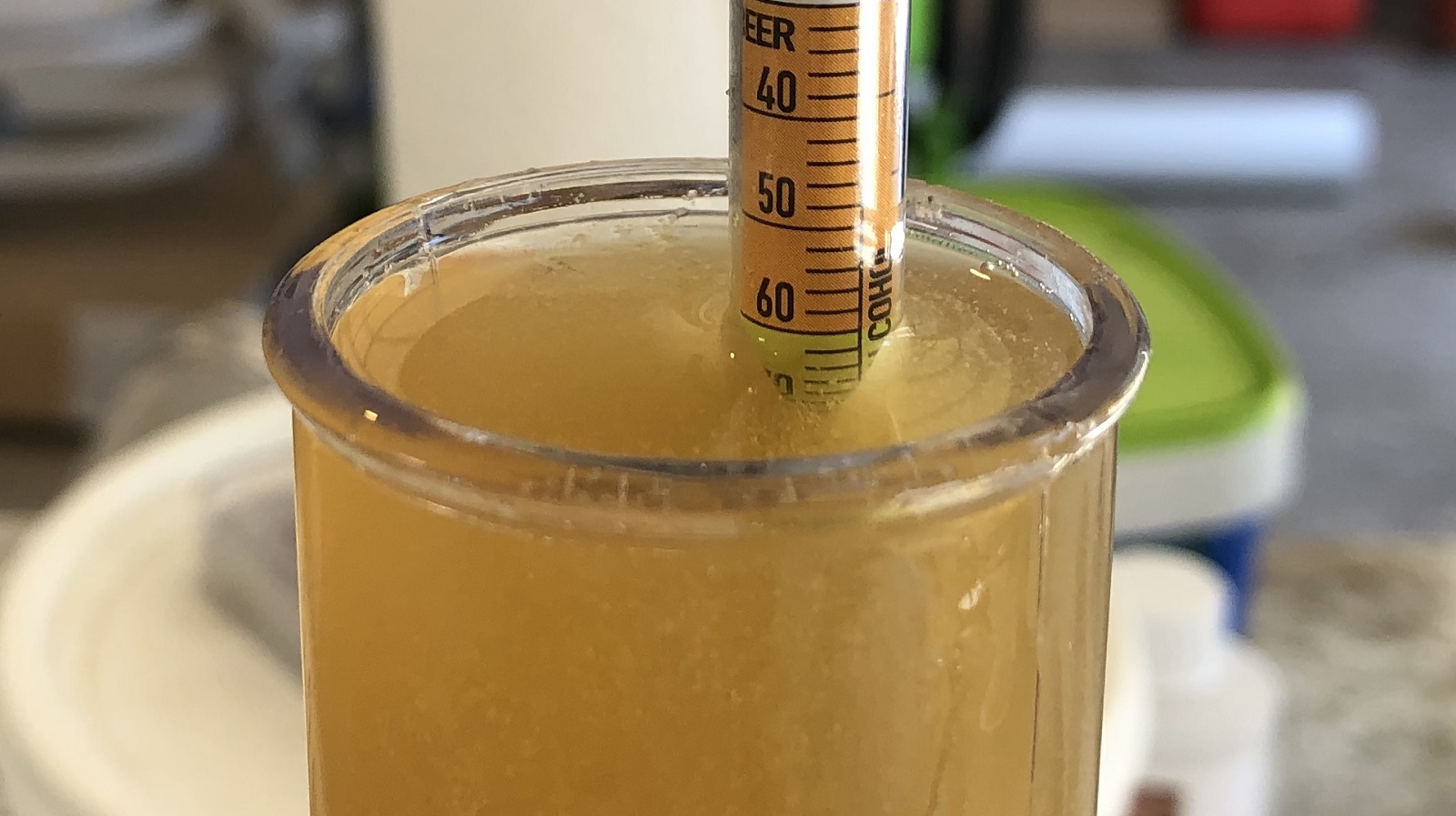
I split the wort evenly between 2 sanitized Brew Buckets and put them in my fermentation chamber controlled to 66°F/19°C, at which point I prepared the sugar, splitting one of the 2 lb/900 gram sets into 3 equal portions.
After adding an entire 2 lbs/900 grams of sugar to one batch and 0.66 lbs/300 grams to the other, I pitched a pouch of Imperial Yeast B48 Triple Double into each.
With fermentation activity present in both batches 24 hours later, I added another 0.66 lbs/300 grams of sugar to the staggered addition batch and let it ferment another 24 hours before making the final sugar addition. The beers were left alone for 2 more weeks before I took hydrometer measurements showing the single addition beer finished ever-so-slightly lower than the staggered addition batch.
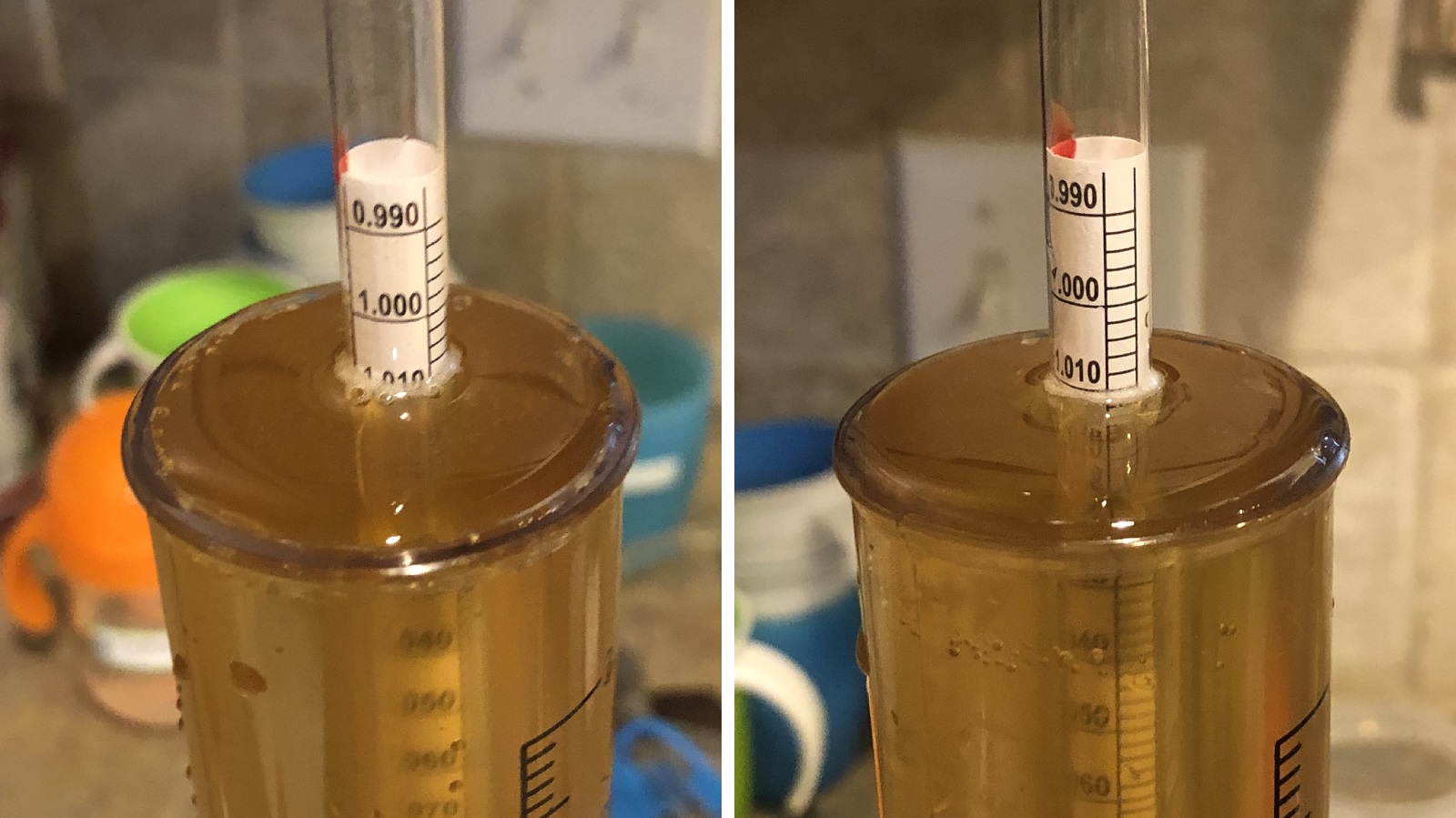
After an overnight cold crash, I proceeded with racking the beers to CO2 purged kegs.
The filled kegs were placed in my keezer, burst carbonated, then left to condition for a week before they were ready to evaluate.
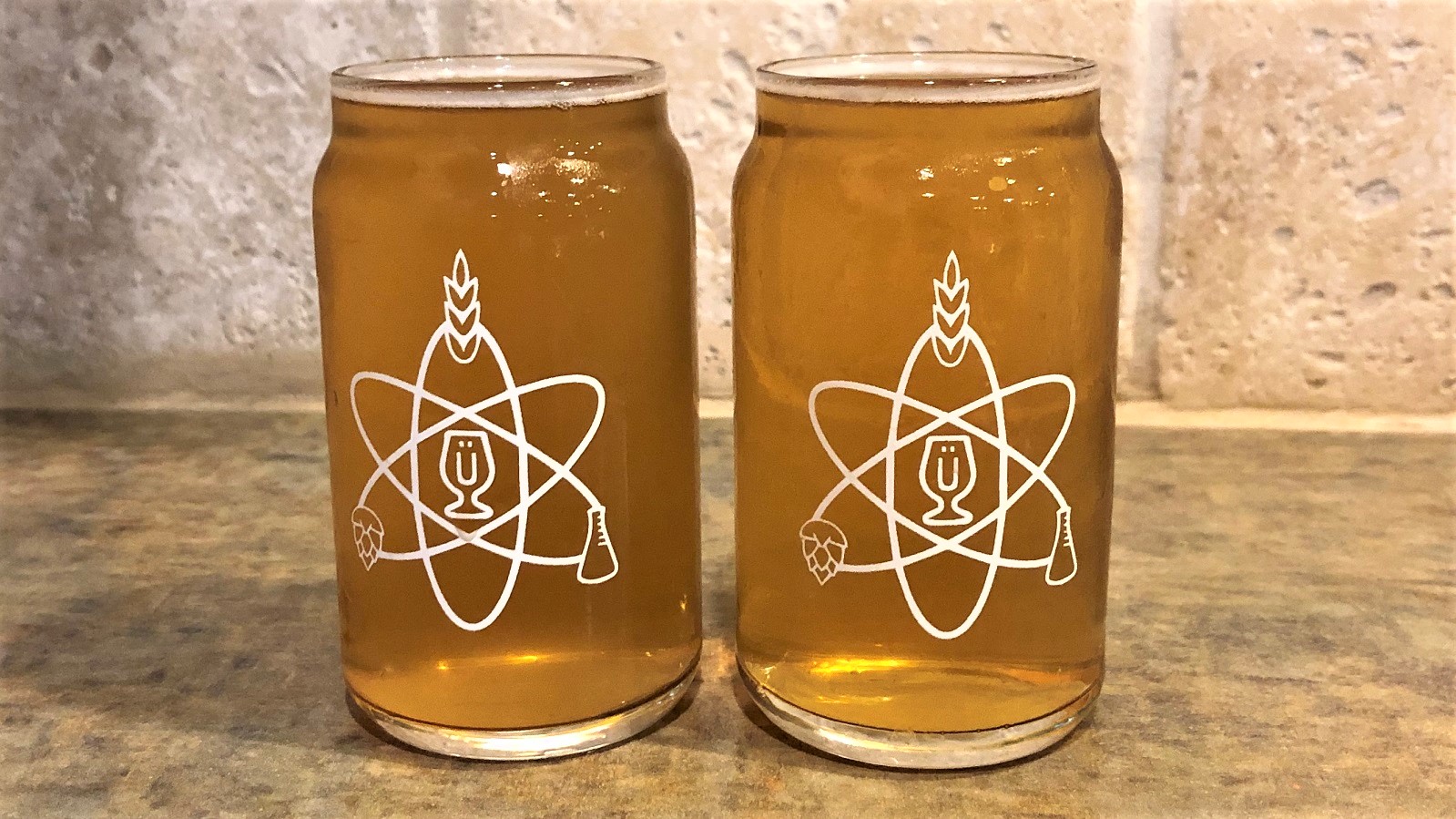
| RESULTS |
Due to social distancing practices as a result of the COVID-19 pandemic, data for this xBmt was unable to be collected in our typical manner. As such, temporary adaptations were made involving the author completing multiple semi-blind triangle tests in as unbiased a way as possible.
Utilizing 4 opaque cups of the same color where 2 were inconspicuously marked, one set was filled with the beer made with a single sugar addition while the other set was filled with the beer made with the staggered sugar addition. For each triangle test, 3 of the 4 cups were indiscriminately selected, thus randomizing which beer was the unique sample for each trial. Following each attempt, I noted whether I was correct in identifying the unique sample. Out of the 10 semi-blind triangle tests I completed, I needed to identify the unique sample 7 times (p<0.05) in order to reach statistical significance, though I did so just 5 times (p=0.21), indicating my inability to reliably distinguish a Belgian Tripel with a sugar addition made in a single dose at yeast pitch from one where the sugar addition was staggered over 3 days.
I was honestly surprised that I guessed correctly 5 times because these beers tasted identical to me. Both were crisp, malty, and boozy with a wonderfully prominent Belgian yeast character. This was my first experience with Imperial Yeast B48 Triple Double and I was very impressed with the refined phenolic character it imparted to this Tripel, so much that I think I found a new favorite Belgian strain.
| DISCUSSION |
One of the more aggravating things that can happen when brewing big beers is a stuck fermentation, an issue that can have a number of causes. While some remedy this problem with the addition of simple sugars, adding too much can have the opposite effect by hindering fermentation of maltose as well as stress the yeast to the point undesirable characteristics are produced, which is why some brewers stagger their sugar additions over time during fermentation. However, I was unable to reliably distinguish a Belgian Tripel where 2 lbs/900 grams of sugar was added at yeast pitch from one where the sugar addition was staggered over 3 days.
While my inability to distinguish these beers speaks to the apparent lack of a perceptible impact of the variable, staggered sugar additions are also said to improve attenuation by reducing yeast stress. However, that wasn’t the case in this xBmt, in fact the Tripel made with a single sugar addition ended up finishing 0.002 SG points lower than the one made with a staggered addition. Inconsequential as this difference may be, it at least indicates fermentation was not hindered by adding all of the sugar at yeast pitch.
Despite my own inability to tell these beers apart, and the fact this aligns with a previous xBmt on the topic, I will likely continue making staggered sugar additions during fermentation of high OG beers if only for the sake of risk reduction. It may very well be that it doesn’t matter, but it’s easy enough that I consider the trade-off of lower anxiety worth the extra effort.
If you have any thoughts about this xBmt, please do not hesitate to share in the comments section below!
Support Brülosophy In Style!
All designs are available in various colors and sizes on Amazon!
Follow Brülosophy on:
FACEBOOK | TWITTER | INSTAGRAM
If you enjoy this stuff and feel compelled to support Brulosophy.com, please check out the Support page for details on how you can very easily do so. Thanks!

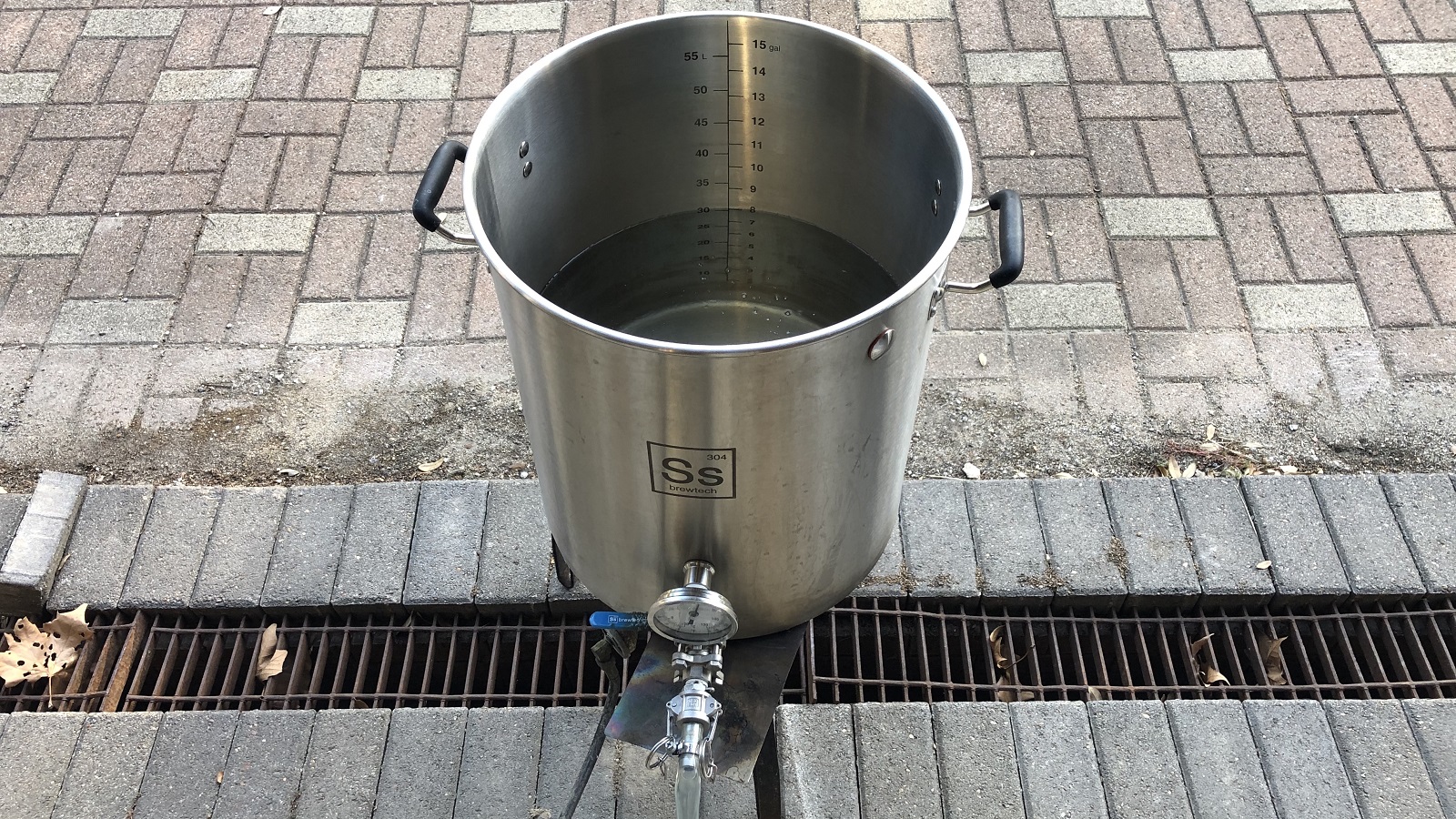

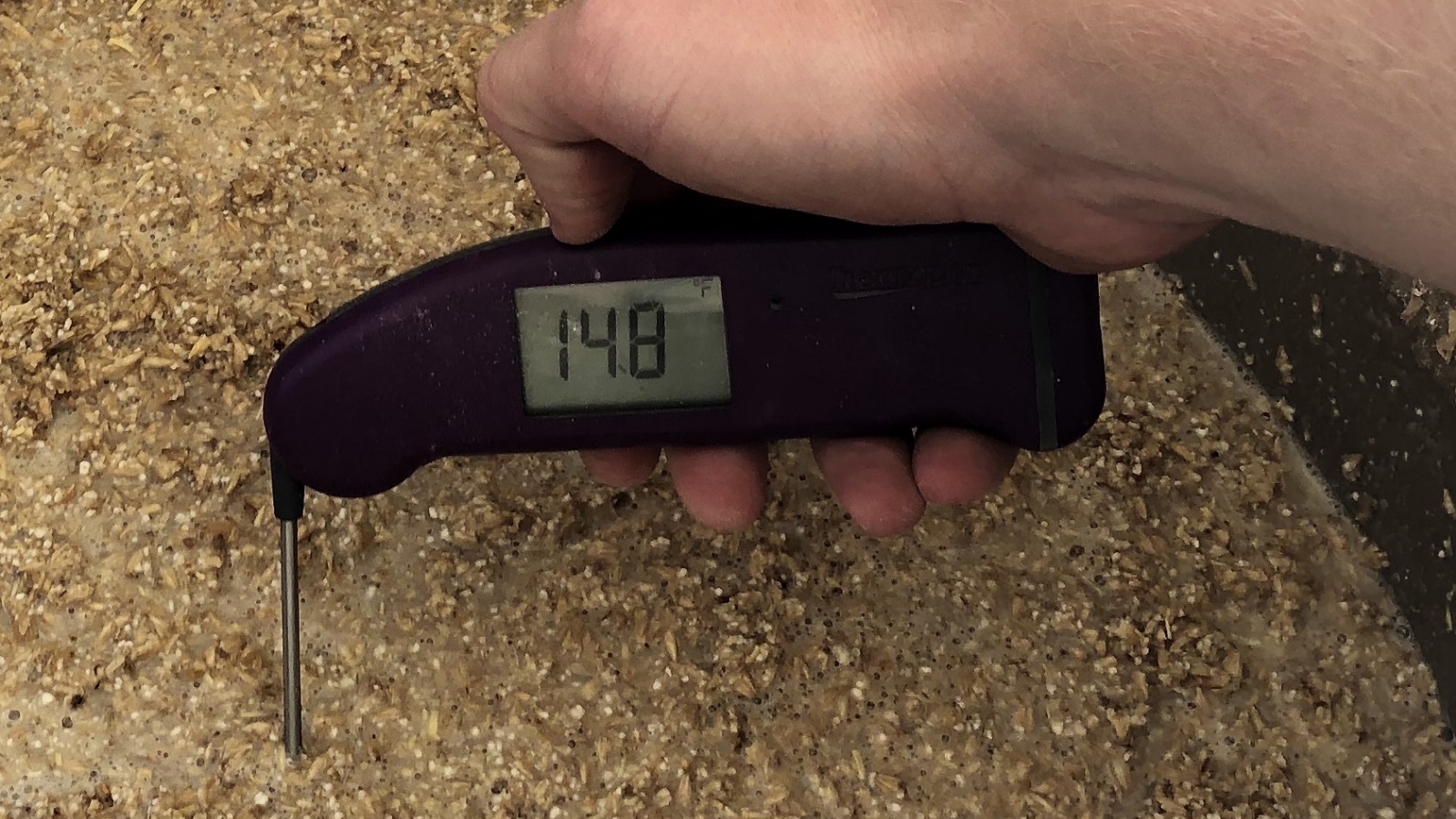
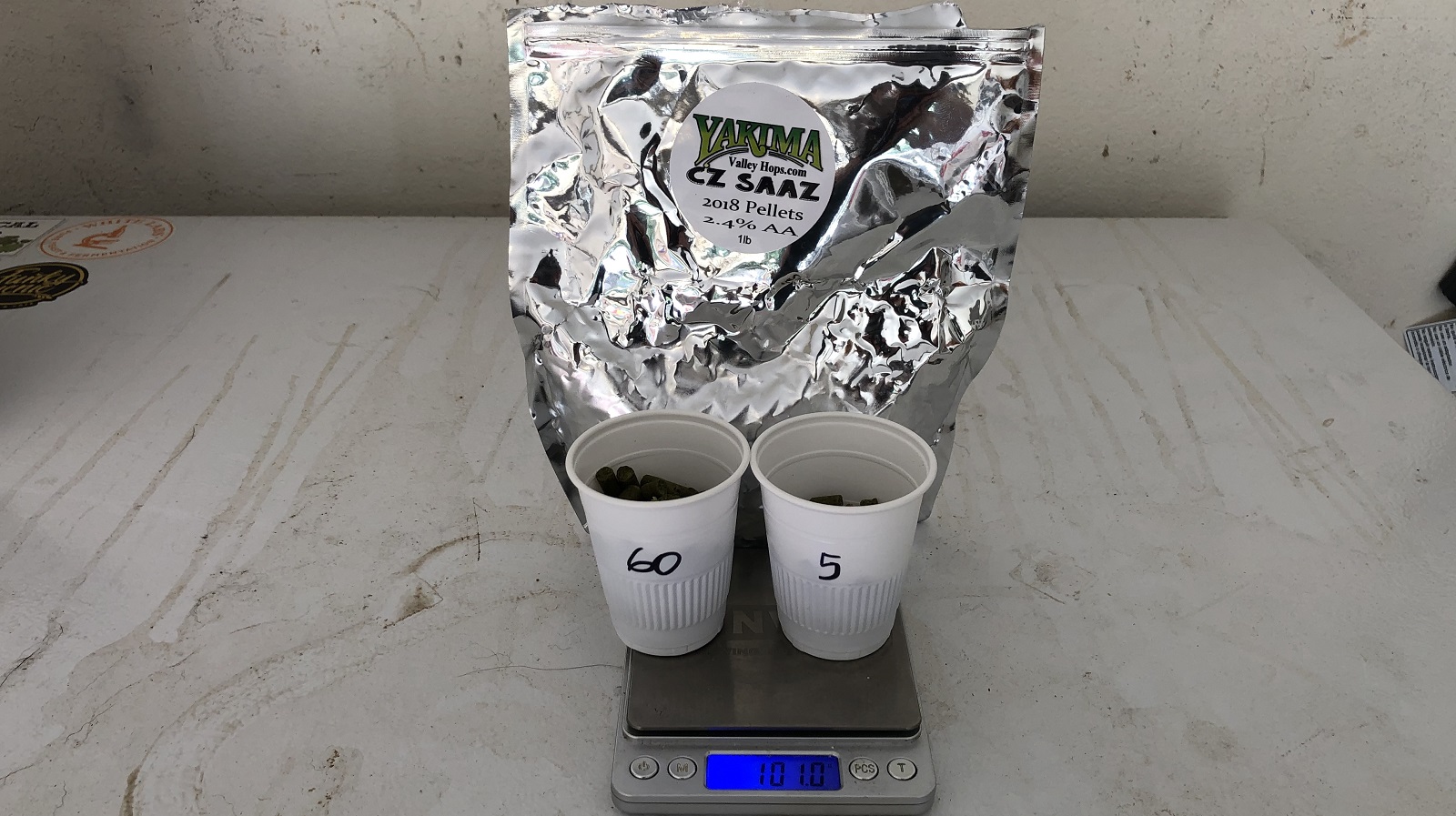
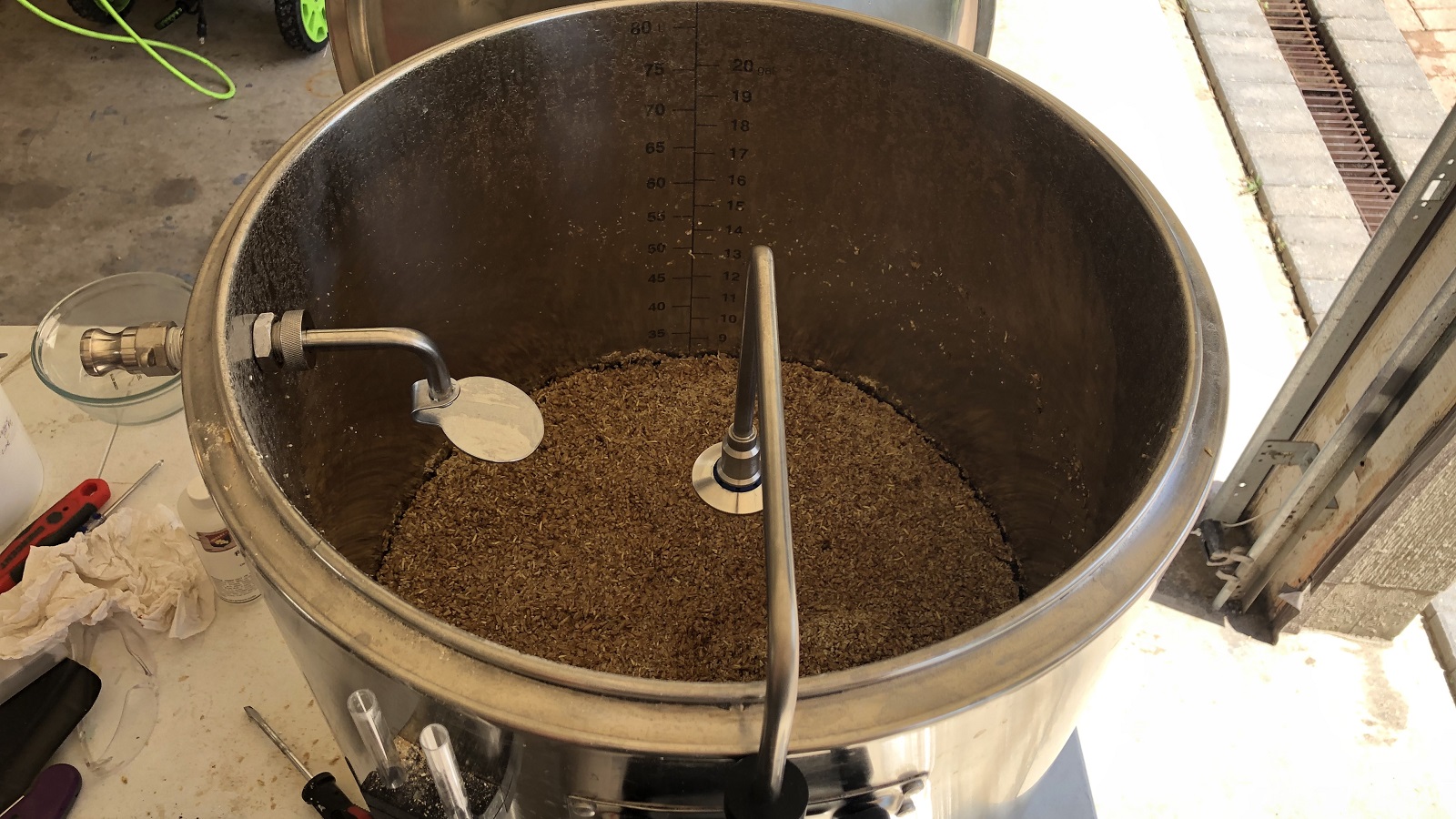
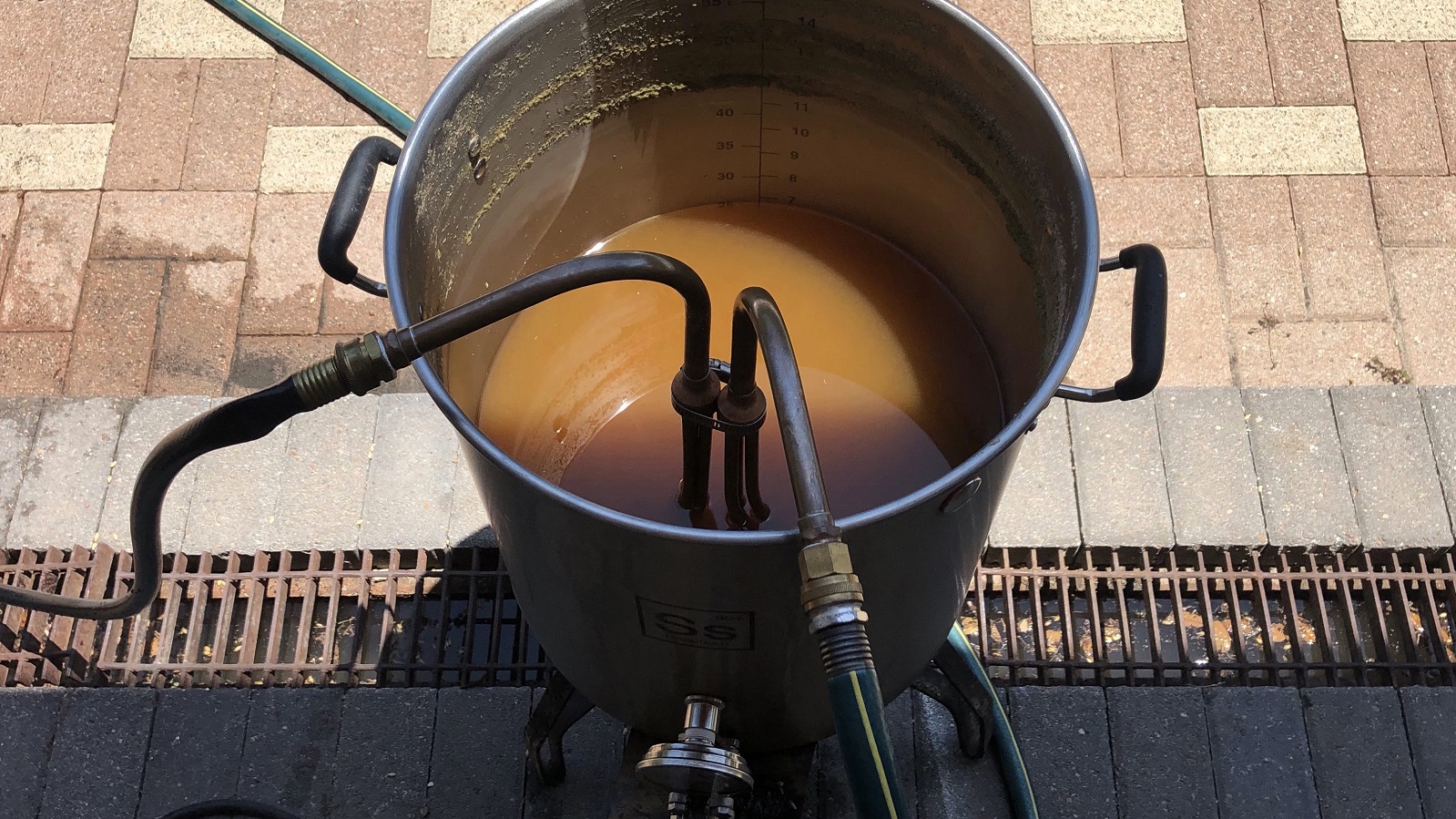
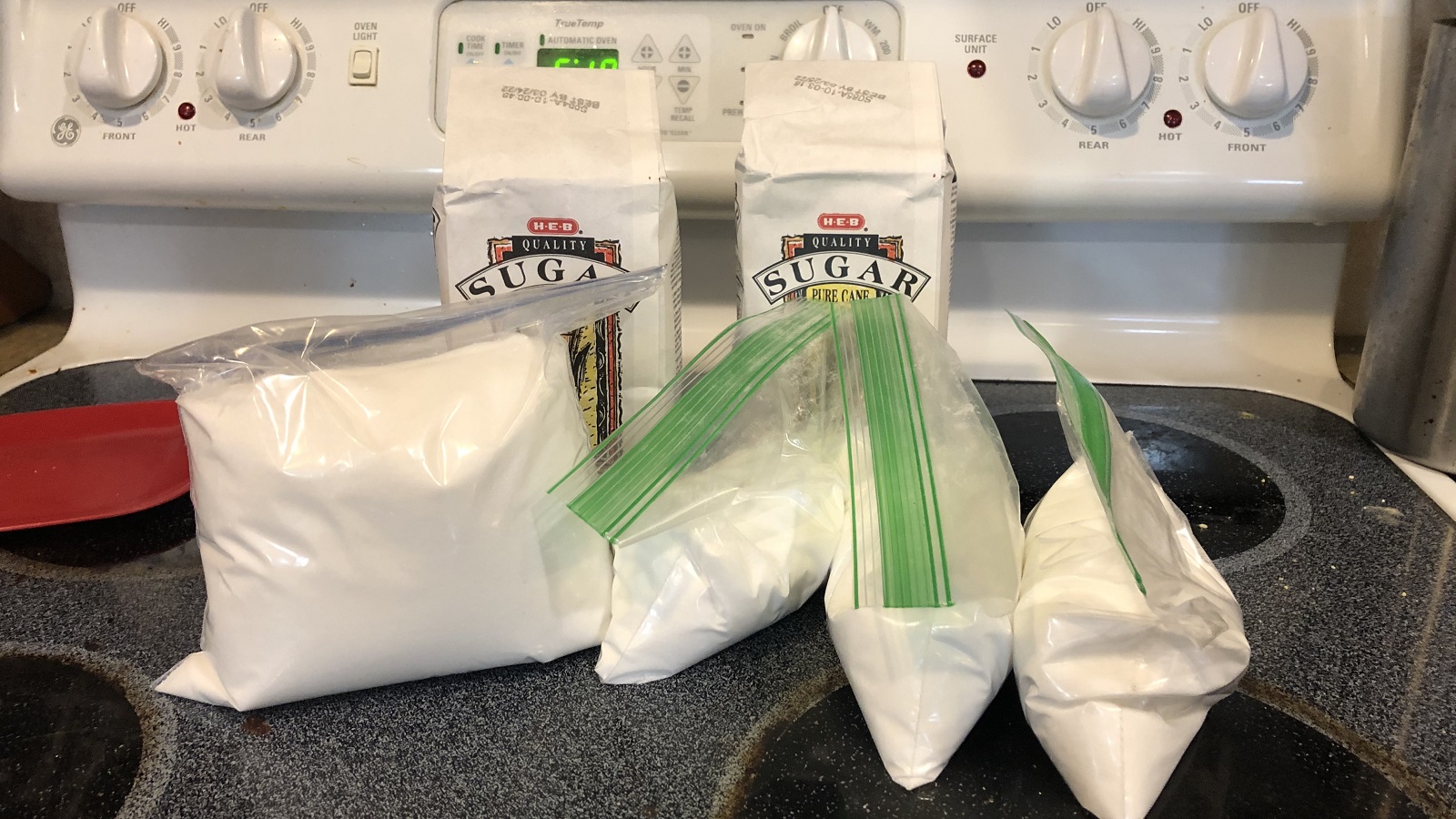
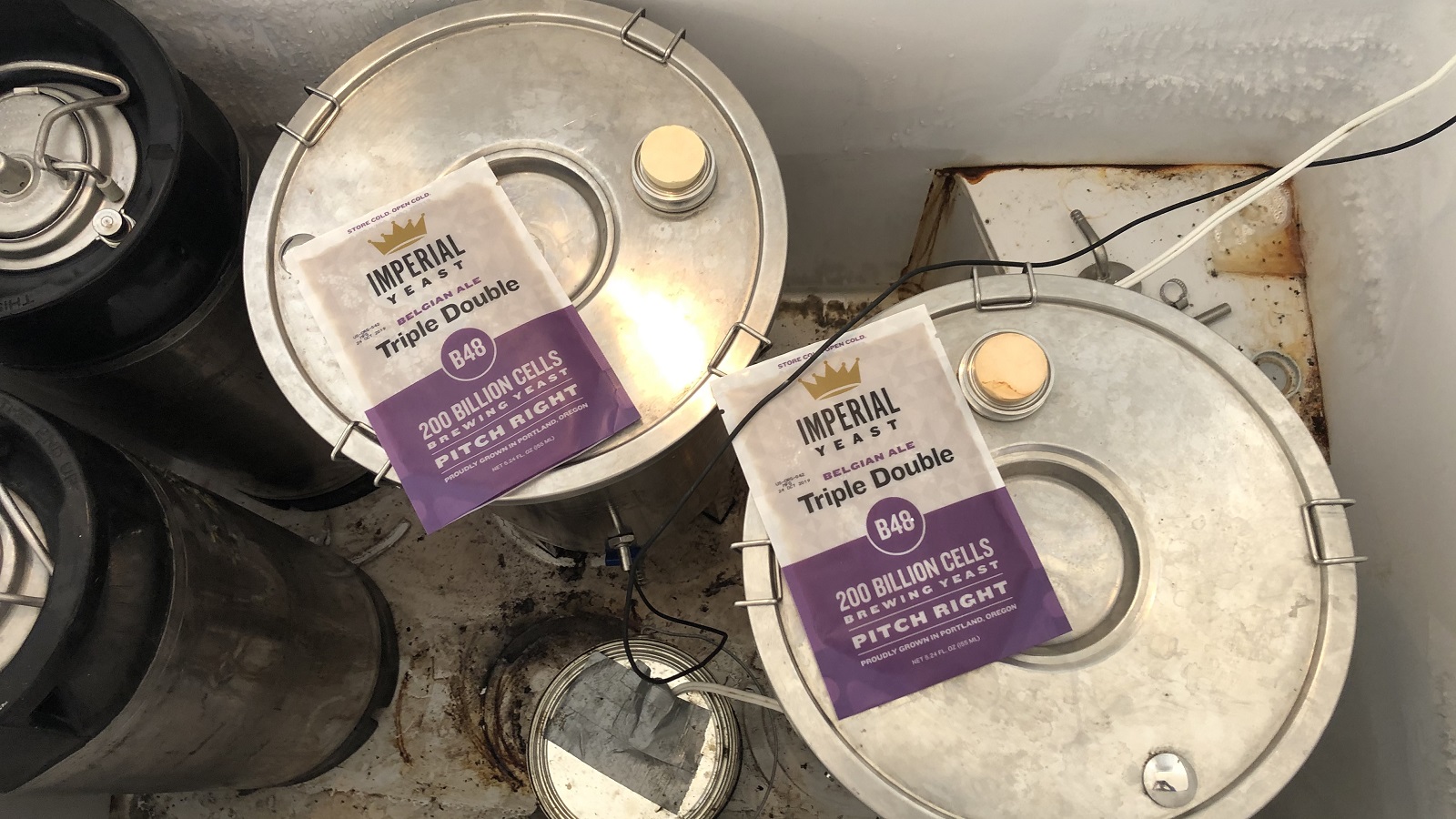
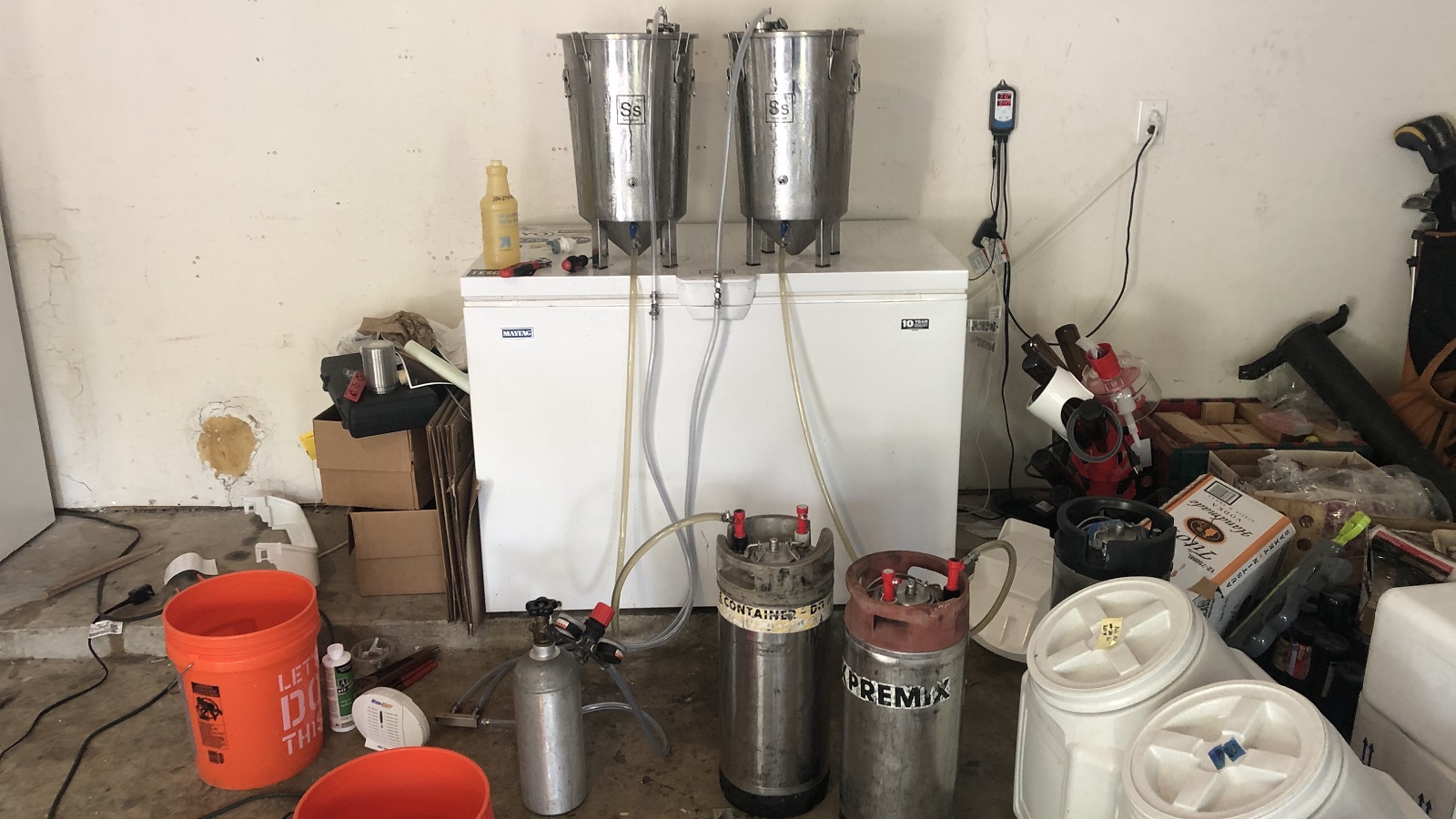











14 thoughts on “exBEERiment | Sugar Additions: Single Dose vs. Staggered During Fermentation Of Belgian Tripel”
I usually add the sugar 2 or 3 days after starting the fermentation, and add everything in a single dosage.
With this I always get a good fermentation of all the sugars, because as I usually bottle my beers they need to be perfectly attenuated.
Sorry for my English, it is not good (Thanks Google Translate).
I add a single strong dextrose solution after primary is mainly done at like day 5-7. Works for me!
Interesting way to add sugar additions. I usually add in the last few minutes of boil or flameout. Isn’t there a concern with sanitization just adding sugar straight from the bag?
I’d be nervous to add sugar directly. There was a belief years ago that u had to use malt extract when bottling beer because sugar would give a cidery taste. Its now believed the sugar may have been infecting the beer slightly. I’ve used strong simple syrup solutions for years with no issues.
That’s the way I’ve done it. I’ve also put it in the boil and it worked out fine.
One explanation of staggered sugar additions helping with stuck fermentation’s could be the introduction of oxygen or the decrease of CO2 in the fermentation vessel adding in more yeast growth. Kind of like staggered O2 additions but to a far lesser degree. Just a thought.
Big healthy starter and enough oxygen – this always worked for me when adding sugar at boil time. The last triple I brewed went from OG 1.077 to FG 1.003 with no issues. But perhaps a higher OG and less sugar % would produce more struggle ¯\_(ツ)_/¯
I appreciate the time and effort put into this. It’s nice to know that the staged sugar addition is not required for medium gravities. It’s only above 8% that I’ve had issues with incomplete or slow fermentation. It’s a little out of the scope of most beer, but it’s the 9-18% that seems to have issues. Especially 12-18%. It would be interesting to see a… 15% fermentation approached in a similar way to this experiment.
“I was honestly surprised that I guessed correctly 5 times”
Why is that surprising? You had a sample size of 10. At 5, you’re nearly within 1 standard deviation of the expected mean for a random chance event
You all need to pay attention to ph and yeast nutrients (fermaid and ferm k) when adding large amounts of sugar regardless of where and when. Yeast selection is very important as well. If you dump a high percentage of fermentables in your whirlpool then your yeast will eat the single sugars first instead of the nutrient rich complex grain sugars and stall out. The ph will likely be low and the reason for this. But it’s easy to fix and the environment in the fermenter is still safe. It’s better to introduce sugar in stages or use different yeasts and a ph buffer in the fermenter like chalk. Keep the temp over 70 if it stalls, or at least don’t let the glycol chill the the yeast to sleep.
In regard to a 51% fermentables from grain and 49% fermentables from dextrose.
How did you make sure the sugar was safe when adding it? Do u boil it into a syrup then cool it before adding it to wort in fermenter?
I added the sugar directly as powder.
I boiled two pounds of sugar for 5 minutes and added it in day three of fermentation to a Belgian golden using a starter of WLP 570. . I let the fermentation temp free rise. It started at 60 F. The temp was at 78 F when I added the sugar. The finished beer has a fusel off flavor. Consulting with some brewers suggests the 78 F when the sugar was added was too high, resulting in the fusel off flavor. Would appreciate any feedback on this and what to do next time. I am thinking I will either add the sugar to the boil, or keep the ferment temp at 68 F and add the sugar after krausen. . Thanks.